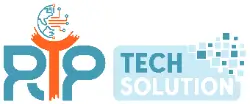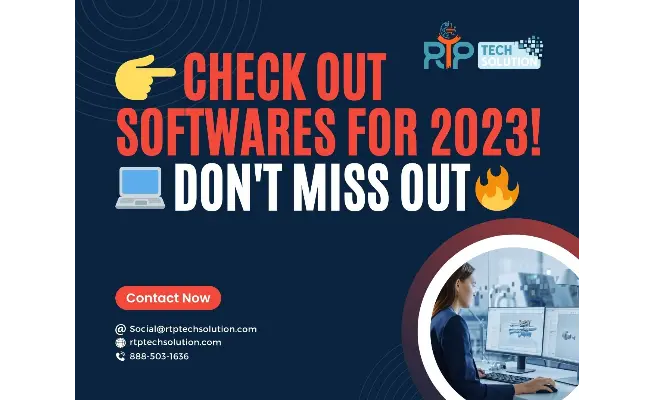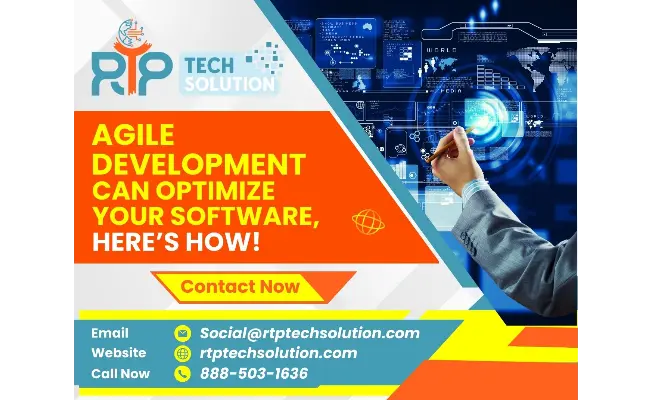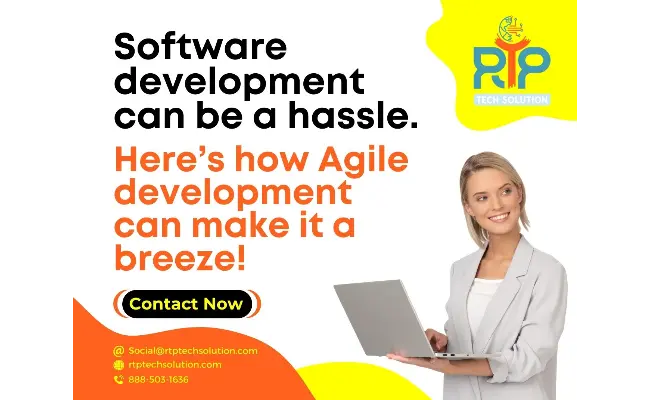Operating system software (OS) is the backbone of any personal computer. Think of your computer as a dormant beast—it’s powerful, but without a way to channel that power, it’s just a monolith. The OS wakes up the beast, directing the hardware resources and linking all functionalities, such as memory management, to create a productive environment.
Your OS—whether it’s the ubiquitous Microsoft Windows, the coveted macOS, or the open-source favorite, Linux—has a significant job. It’s the invisible maestro orchestrating an intricate performance, allowing your hardware and application software to collaborate effectively.
Understanding Source Code and Open Source Software
Before we move further into the intricacies of application software, let’s pause and shed some light on the underpinnings of software itself: the source code and open-source software. These two elements are essentially the lifeblood of the software world, underpinning the digital wonders we encounter every day.
The Blueprint of Software: Understanding Source Code
Much like the DNA of living organisms, the source code serves as the genetic blueprint of software. It’s a collection of human-readable instructions that dictate how the software should behave, respond, and interact. Source code forms the fundamental layer upon which all software is built.
Written in various programming languages such as Python, JavaScript, or C++, the source code is essentially the “recipe” that a computer follows when executing a program. It’s like the meticulously detailed map used by an architect to build a city – every line of code adds another piece to the software cityscape, contributing to its function and appearance.
The Democratization of Software: Embracing Open Source Software
Open-source software (OSS) signifies a significant shift in the software development landscape. It’s not just a type of software, but rather a philosophy, a movement towards democratization in the world of software. In this approach, the source code is made available to the public for viewing, modification, and distribution, essentially breaking down the walls of software ownership.
The spirit of OSS lies in collaboration and shared learning. Developers from across the globe can contribute to the code, bringing diverse perspectives and skills to the table. This open-source ecosystem creates a cycle of continuous improvement, where software can be refined and enhanced by the global developer community.
Imagine our software city as a metropolis that’s constantly growing and evolving. Open-source software allows for an army of developers to participate in this development, contributing their unique skills to the city’s growth. This approach not only brings additional perspectives to the table but also adds a layer of diversity to our software city, further enriching its vibrancy.
Whether it’s the server operating system Linux, the web browser Firefox, or the office suite LibreOffice, open-source software is powering significant parts of our digital lives. It offers flexibility, freedom, and a sense of community ownership, driving innovation while providing a solid foundation for our software city.
In essence, source code and open source software form the lifeblood and the beating heart of our software city. These elements lay the groundwork for the various applications we use daily, fueling the ceaseless energy of the software metropolis. So, as we navigate the city streets, let’s remember the foundation that makes it all possible.
Types of Application Software
The real charm of our software city comes to life with the diverse types of application software. These are like the city’s skyscrapers, each offering a unique service to the user. Let’s explore these ‘skyscrapers’, which include spreadsheet software, productivity software, web browsers, multimedia software, and more.
- Spreadsheet Software and Productivity Software
Digital spreadsheets, like MS Excel or Google Sheets, are examples of spreadsheet software. They’re also part of a broader category known as productivity software, which enables users to create, edit, and manage digital content. They perform swift calculations, aiding businesses in data analysis, budgeting, and forecasting, to name a few.
- Web Browsers and Multimedia Software
Then, there’s your window to the vast online world—web browsers such as Chrome or Firefox. They fetch data from servers worldwide and serve it on your screen. On the other hand, multimedia software, like Adobe Photoshop or VLC Media Player, allows you to create, edit, and play multimedia content, adding a dash of color and melody to our software city.
- Word Processors and Educational Software
Word processing software, like MS Word, transforms your thoughts into written words, while educational software, like Duolingo or Khan Academy, transforms the learning experience, making it more interactive and engaging.
CRM and Management Systems
In the business district of our city, you’ll find Customer Relationship Management (CRM) software and various management systems. CRM software like Salesforce enhances businesses’ interaction with their customers, while management systems streamline business operations, making the city more productive and efficient.
Customer Relationship Management (CRM) Software
Customer Relationship Management (CRM) software, such as Salesforce or HubSpot, forms the backbone of modern businesses. Much like an adept receptionist or an astute sales representative, these software suites enhance a company’s interactions with its customers. They keep a tab on the customer’s preferences, purchasing history, and feedback, thereby providing personalized attention to each client.
CRM software enables businesses to develop and maintain a deeper connection with their customers. They provide insightful analytics, assisting businesses in understanding their customers better and delivering personalized experiences.
Management Systems
Now, let’s divert our attention to the various types of management systems peppering the business district. These might include Enterprise Resource Planning (ERP) software, Supply Chain Management (SCM) systems, or Human Resource Management (HRM) software.
Management systems streamline and automate business operations, enhancing productivity and operational efficiency. Take ERP software like SAP, for instance. It integrates all facets of an operation, including product planning, development, manufacturing, sales, and marketing in a single database. Similarly, SCM systems like Oracle SCM Cloud optimize the flow of goods and services from manufacturers to consumers.
And let’s not forget the HRM software, such as BambooHR or Workday. They handle everything from recruitment and employee data management to payroll and benefits administration. All these management systems together make our software city’s business district a beacon of efficiency and productivity.
The Synergy of Software
The software city flourishes due to the harmonious interaction of the operating system software and the array of application software. This interplay cultivates a vibrant digital ecosystem catering to our diverse needs.
Every time you effortlessly switch from one application to another, it’s a testament to the operating system software’s smooth coordination. And each time you marvel at the myriad types of application software available, remember the dedicated developers who have crafted these tools to simplify your life.
As we draw our tour to a close, it’s vital to acknowledge that operating system software and application software form the harmonious yin and yang of this digital cosmos. Each element, much like notes in a symphony, plays a critical role in this vast landscape. Working hand in hand, they orchestrate a digital concert, a symphony we tap into every single day.
The city of software, much like any thriving metropolis, holds more avenues for exploration than one can imagine. So, keep your curiosity alive and your explorer’s spirit ignited! Continue to delve deeper into the intriguing corners of this city, and let your journey through the fascinating world of software never end.
The software city awaits you with its rich tapestry of experiences! However, navigating this bustling metropolis can sometimes be overwhelming. That’s where RTP Tech Solutions steps in! As a trusted guide and partner, we’re here to help you make the most of your software city exploration.
Whether you’re seeking to optimize your operating systems, adopt new application software, or streamline your CRM and management systems, we’re here to light the way. Ready to level up your digital journey? Reach out to RTP Tech Solutions today!




